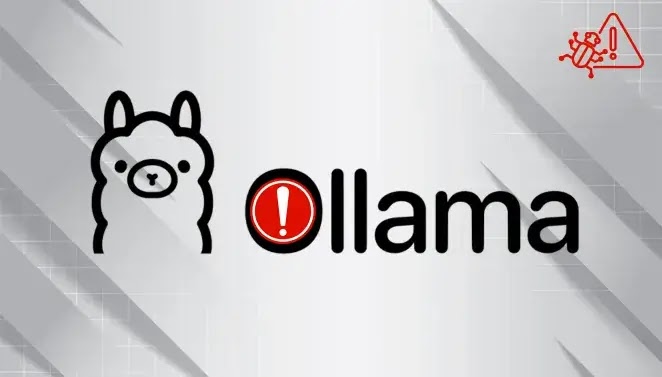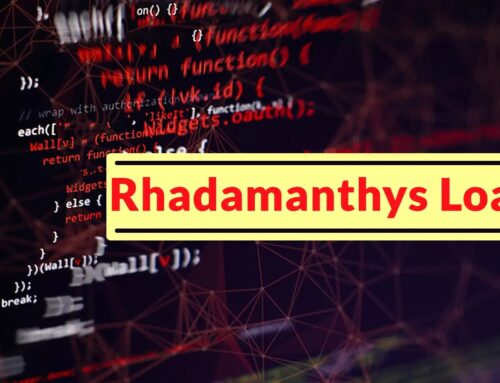
Ollama Vulnerabilities Let Attackers Execute Arbitrary Code by Parsing of Malicious Model Files
The rapid adoption of Artificial Intelligence (AI) models has brought immense innovation, but it also introduces new attack vectors for cybersecurity threats. A serious vulnerability has recently been discovered within Ollama, a highly popular open-source project on GitHub with over 155,000 stars. This flaw allows attackers to execute arbitrary code on systems running vulnerable versions of the platform, leveraging weaknesses in how the software parses malicious model files.
Understanding the Ollama Vulnerability
Ollama serves as a critical tool for developers and AI specialists, enabling them to easily set up and run large language models (LLMs) locally. Its widespread use, however, amplifies the potential impact of any security flaw. The recently identified vulnerability, tracked as CVE-2024-26665, stems from insufficient sanitization and validation during the parsing of model files. Malicious actors can craft specially designed model files that, when loaded by a vulnerable Ollama instance, trigger arbitrary code execution.
This type of vulnerability is particularly insidious because it subverts the trust placed in model files. Users typically download these files from various sources, assuming they contain only model parameters and configurations. This flaw demonstrates that even seemingly benign data files can carry executable payloads if the parsing mechanism is not robustly secured.
Impact of Arbitrary Code Execution
Arbitrary Code Execution (ACE) is one of the most severe types of vulnerabilities an attacker can exploit. If achieved, it grants the attacker significant control over the compromised system. In the context of Ollama, this could lead to:
- Data Exfiltration: Attackers could steal sensitive data, intellectual property, or personally identifiable information (PII) stored on the system.
- System Compromise: The attacker might install backdoors, create new user accounts, or elevate privileges, gaining persistent access to the server.
- Resource Abuse: The compromised system could be used for malicious activities like cryptocurrency mining, launching further attacks, or participating in botnets.
- Disruption of AI Workflows: Developers’ and researchers’ work could be stifled or corrupted, leading to significant delays and data integrity issues.
Remediation Actions
Addressing this vulnerability requires immediate action to protect your systems. Here are the critical steps:
- Update Ollama Immediately: The most crucial step is to update your Ollama installation to the latest patched version. Always prioritize updates from official sources.
- Validate Model Sources: Exercise extreme caution when downloading and loading AI model files. Only use models from trusted repositories and verified publishers.
- Isolate AI Workloads: Consider running Ollama and other AI development environments within isolated virtual machines or containers. This can help contain potential breaches and limit their scope if an exploit occurs.
- Implement Principle of Least Privilege: Ensure that the user account running the Ollama service has only the minimum necessary permissions. This restricts what an attacker can do even if they manage to execute code.
- Monitor for Suspicious Activity: Regularly monitor system logs and network traffic for any unusual behavior that could indicate a compromise. This includes unexpected process execution, outbound connections, or resource spikes.
Detection and Mitigation Tools
Leveraging appropriate tools can significantly aid in detecting vulnerabilities and fortifying your AI infrastructure.
| Tool Name | Purpose | Link |
|---|---|---|
| TruffleHog | Detects exposed secrets and credentials in code and configurations, including model files. | https://trufflesecurity.com/trufflehog/ |
| Container Security Scanners (e.g., Clair, Trivy) | Scans container images for known vulnerabilities and misconfigurations if Ollama is run in containers. | https://github.com/aquasecurity/trivy |
| Endpoint Detection and Response (EDR) Solutions | Monitors endpoints for malicious activity, including suspicious process execution and file changes. | |
| Network Intrusion Detection Systems (NIDS) | Monitors network traffic for signs of compromise or unauthorized access. |
Protecting Your AI Infrastructure
The discovery of CVE-2024-26665 in Ollama underscores the critical need for robust security practices within AI development. As AI models become more sophisticated and widely deployed, the attack surface expands. Organizations and individual developers must prioritize security from the ground up, implementing regular updates, validating all inputs, and adopting a layered security approach. Proactive vigilance and a commitment to security best practices are essential to harness the power of AI safely and without compromise.





